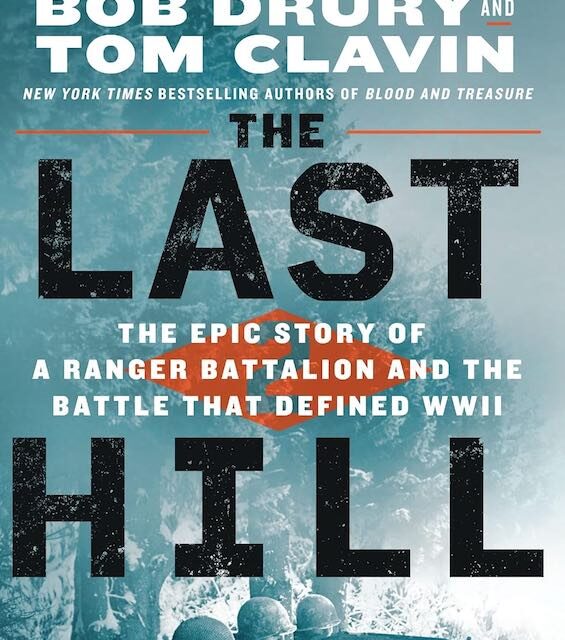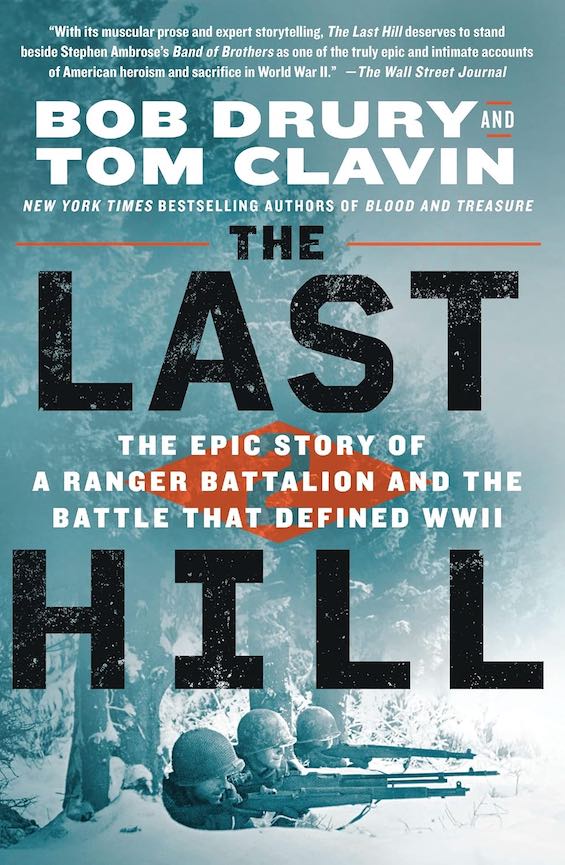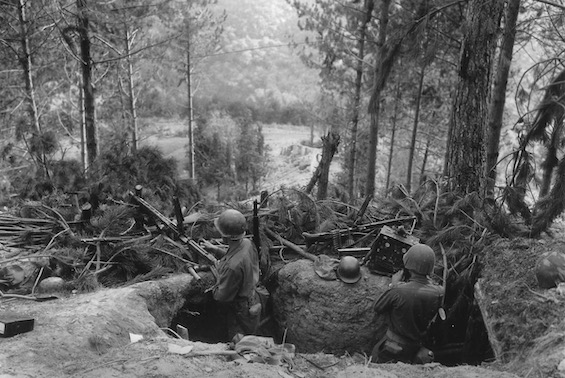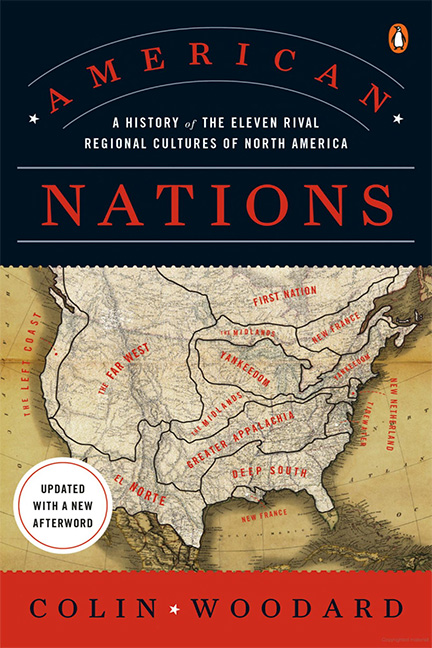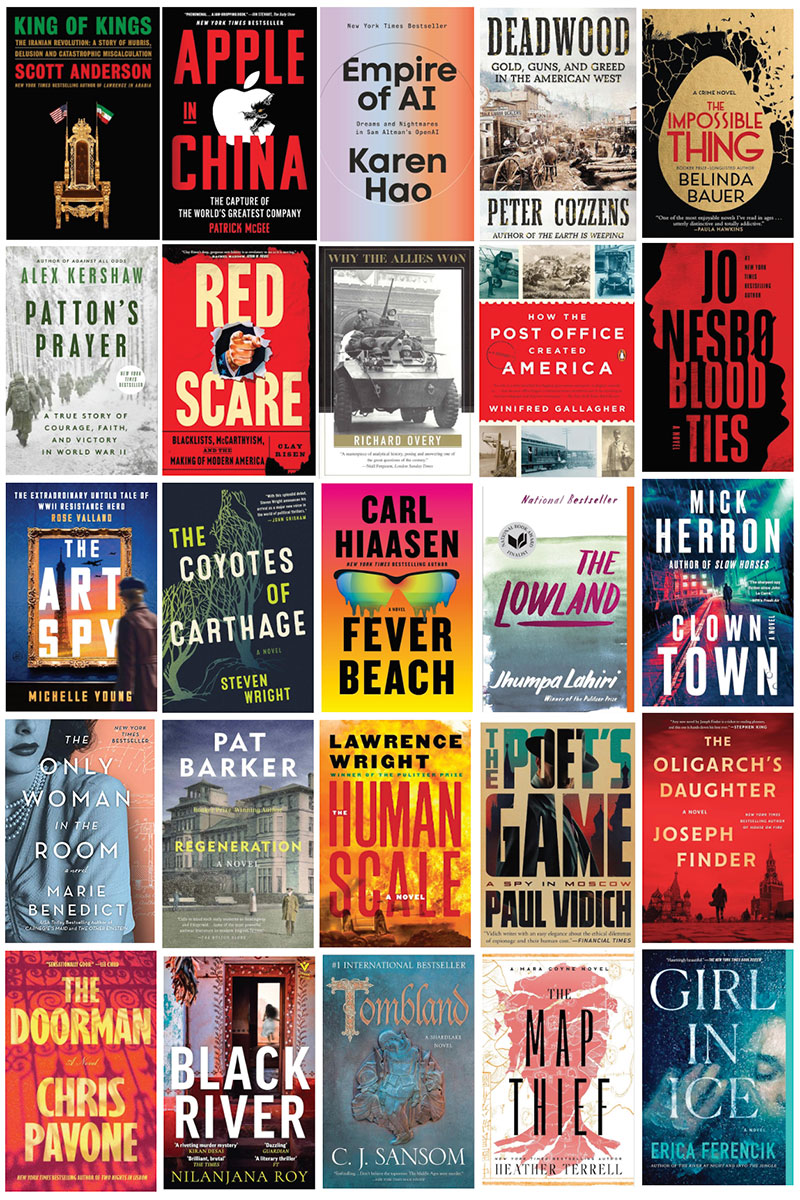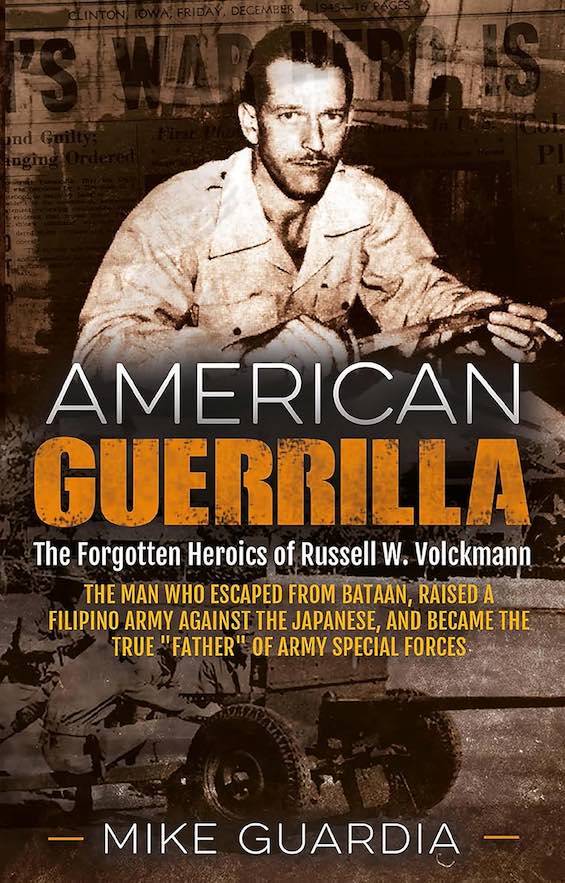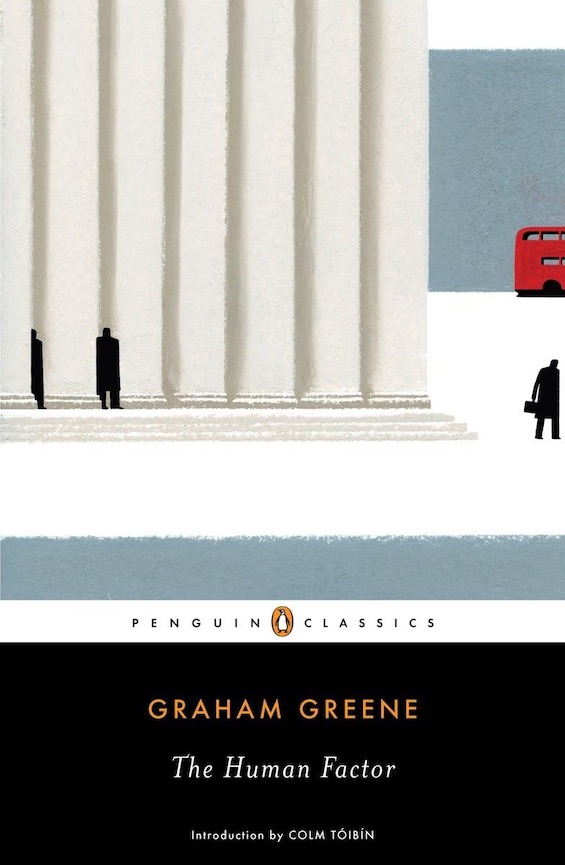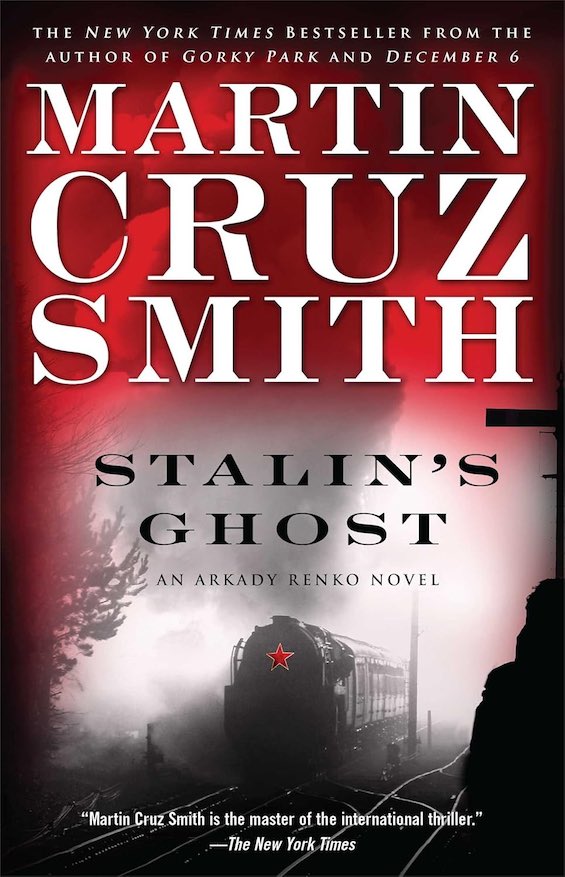Sixteen million people served in the United States armed forces during World War II. But only about one in five experienced direct combat. And of those a much smaller number bore the brunt of the fighting on the front lines in daily contact with the enemy. Even among them a small fraction shouldered the toughest job of all as shock troops, driving a wedge through enemy lines. Most prominent among them were the 7,000 men who served as Army Rangers. They formed seven battalions, each numbering about 500 enlisted men, noncoms, and officers at any given time. These Rangers were the tip of the spear in some of the war’s deadliest battles. And authors Bob Drury and Tom Clavin collaborate on the story of the most celebrated of those seven units, the 2nd Ranger Battalion. It’s a powerful and moving tale of special operations in WWII.
A key role on D-Day was only the prelude to the toughest action
As Drury and Clavin show, the generals in key positions in the US Army stoutly resisted the formation of special operations units until months into the war. Men in their fifties and sixties, they were in thrall to the tactics of John J. Pershing and Ulysses S. Grant, both of whom gained their reputations by driving thousands of troops forward in frontal assaults on the enemy. Only when Army Chief of Staff George S. Marshall overruled them did the call for special operations lead to the formation of the 1st Ranger Battalion in June 1942. And the second formed only in April 1943. They were still in training in the US when the 1st Battalion helped lead the invasion of Sicily.
In The Last Hill, we follow the men of the 2nd Battalion through their training in the US and Britain, and across the Channel to the beaches of Normandy. There, in their first test under fire under horrific conditions, they assaulted the 100-foot cliffs at Pointe du Hoc. While suffering massive casualties, they completed their mission, silencing six enormous German howitzers that would have chewed up the troops soon to arrive on Omaha and Utah beaches. And that amazing story is merely a prelude to the main event in the book, the unit’s misbegotten assault against Hill 400 five months later on the Belgian-German border.
The Last Hill: The Epic Story of a Ranger Battalion and the Battle That Defined WWII by Bob Drury and Tom Clavin (2022) 395 pages ★★★★★
A misleading subtitle?
Drury and Clavin—or their publishers—subtitle the book The Epic Story of a Ranger Battalion and the Battle That Defined WWII. For most American readers, that defining event was D-Day. But the implication is that the 2nd Battalion’s assault on Hill 400 five months later was the linchpin of the war. It’s a stretch by any measure. The war in Europe alone lasted six years. There, several major engagements, including D-Day, the Battle of the Atlantic, Operation Barbarossa, the Battle of Moscow, the Battle of Stalingrad, the Battle of Kursk, and Operation Bagration—all of them except D-Day and the Battle of the Atlantic on the Eastern Front—have been described as turning points in World War II and thus “defining” events. It’s hard to understand how the operation on Hill 400 defined anything so grand.
Without detracting from the fighting skill, the strategic contributions, and the sacrifices of millions of American soldiers, sailors, and airmen in the war, it’s important to keep in mind that the Russians and the Chinese bore the brunt of the fighting in World War II. The Russians suffered as many as 27 million deaths, both military (maybe nine million) and civilian (18 million). And some 15 to 20 million Chinese perished during the eight years of the war in China. We Americans are all too ready to forget that we alone among the major combatants managed to shelter our civilian population from the conflict.
Summary of the book by my favorite AI chatbot
I asked the chatbot Claude-AI, Version Sonnet 4.5, for a 500-word summary of The Last Hill, since I know from experience that Claude can do a better job of it than I can. That summary follows verbatim. I’ve merely added subheads to make it easier to read.
The Last Hill by Bob Drury and Tom Clavin is a gripping account of the 2nd Ranger Battalion’s harrowing experience during World War II, culminating in their desperate stand on Hill 400 in Germany’s Hürtgen Forest. This meticulously researched narrative brings to life one of the war’s most brutal and overlooked battles, fought in the winter of 1944.
The book centers on the Rangers’ assault on Hill 400, a strategic elevation near the town of Bergstein, Germany. This seemingly unremarkable hill held enormous tactical importance, overlooking the Roer River dams whose destruction could flood the entire region and halt the Allied advance. The authors paint a vivid picture of the Rangers—elite soldiers who had proven themselves at Pointe du Hoc on D-Day—as they faced perhaps their greatest test.
Humanizing the conflict
Drury and Clavin excel at humanizing the conflict by focusing on individual soldiers, particularly the battalion’s commander, Lieutenant Colonel James Earl Rudder. Rudder, who had led the Rangers at Normandy, emerges as a complex figure: a devoted leader torn between duty and the knowledge that he was sending his men into a potential death trap. The authors explore the deep bonds between these soldiers, showing how camaraderie and unit cohesion became essential survival tools in the face of overwhelming odds.
The narrative details the horrific conditions the Rangers endured. Fighting in the dense, frozen Hürtgen Forest during one of the coldest winters on record, the men battled not only German forces but also frostbite, trench foot, and sheer exhaustion. The forest itself became an enemy—its thick canopy negated Allied air superiority, while German defenders used the terrain masterfully, creating killing zones among the shattered trees.
The longest single battle the US Army has ever fought
The assault on Hill 400 in December 1944 forms the book’s centerpiece. With just over 100 men, the Rangers scaled the icy slopes under withering fire, somehow reaching the summit and repelling repeated German counterattacks. For three days, the depleted battalion held their position despite being outnumbered, running low on ammunition, and suffering catastrophic casualties. The authors describe the fighting with visceral detail, from hand-to-hand combat to artillery barrages that left the hilltop resembling a moonscape.
What distinguishes “The Last Hill” is its broader historical context. Drury and Clavin situate the battle within the larger Hürtgen Forest campaign, often called the longest single battle the U.S. Army has ever fought. They examine the strategic miscalculations that led to this costly engagement and question whether the sacrifice was justified. The book doesn’t shy from criticizing high command decisions that prolonged the agony in the forest.
Tracking the trauma after the war
The authors also follow the aftermath, tracking survivors’ struggles with physical wounds and psychological trauma long before PTSD was recognized. The Rangers’ heroism at Hill 400 went largely unacknowledged for decades, overshadowed by the Battle of the Bulge that erupted shortly after.
Through exhaustive research, including veteran interviews and military archives, Drury and Clavin have rescued this forgotten battle from obscurity. The Last Hill stands as both a tribute to extraordinary courage and a sobering reminder of war’s brutal cost, offering readers an intimate portrait of American soldiers at their finest and most vulnerable hour.
About the authors
Bob Drury is the author or coauthor of 15 nonfiction books, many of them about the US military, the National Football League, and the Cosa Nostra. He also writes articles for numerous magazines, newspapers, and other publications. He has reported from Iraq, Darfur, Afghanistan, Liberia, Belfast, Haiti, and Sarajevo. Drury majored in English at Fairfield University in Connecticut. His first book, following a career as a freelance writer, appeared in 1987. He lives in New Jersey.
Tom Clavin was born in the Bronx, New York in 1954. Google Books notes that “He is a bestselling author and has worked as a newspaper and web site editor, magazine writer, TV and radio commentator, and a reporter for The New York Times.” Two of his books have been New York Times best sellers. and two have been nominated for the Pulitzer Prize.
For related reading
Check out:
- Normandy ’44: D-Day and the Epic 77-Day Battle for France by James Holland (Debunking the myths about D Day and Normandy)
- The Ministry of Ungentlemanly Warfare: How Churchill’s Secret Warriors Set Europe Ablaze and Gave Birth to Modern Black Ops by Damien Lewis (The story of the world’s first Special Forces)
You’ll find books that illuminate the events in this book at:
- 10 top nonfiction books about World War II
- 7 common misconceptions about World War II
- The 10 most consequential events of World War II
- Top 20 popular books for understanding American history
And you can always find the most popular of my 2,400 reviews, and the most recent ones, on the Home Page.

